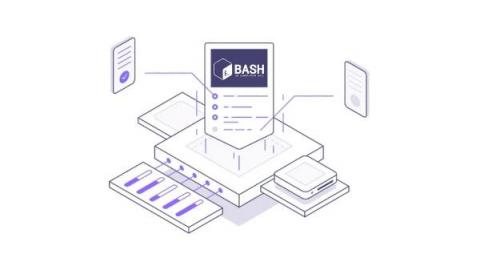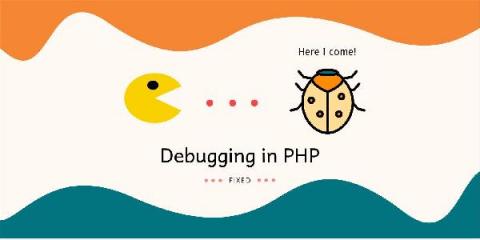Systems | Development | Analytics | API | Testing
%term
Checkout our new Qlik Sense SaaS in 60 Playlist
The Data Chief Live
Announcing the Public Beta of our Next Generation Runtime
At k6, we pride ourselves in always putting the need of developers and testers first. Throughout the years, we've tried many different solutions to make the experience of authoring load tests as pleasant and value-creating as possible.
What's New In Loadero (March 2021)
Time flies by and Q1 of 2021 has already passed. Our team was busy working on improving Loadero to make it easier to use and provide more insightful testing results to our users. We are proud to announce some long-anticipated updates that were done during the last months, make sure to use them for your benefit.
Our Top 5 favorite features of Bitrise Trace
Trace is our new mobile monitoring add-on that has been in public beta since late February. It is also available to you if you have a Bitrise account, so if you want to dive into it, here's where you should start.
Debugging in PHP
PHP is a great language to start with when you are learning how to code. It has a simple syntax, it’s easy to learn and you can make dynamic websites with it. But even though it’s easy to write PHP code, it’s not always easy to debug. There are a lot of tools out there that can help you, but since PHP is an interpreted language, you can also use a couple of debugging techniques to help you find bugs in your code. In this blog post I'll cover the the following sections.
Updates from Bugfender Q1, 2021
Welcome to the spring Bugfender newsletter! We’ve been working on the past months improving some of our SDKs, making it easier to integrate Bugfender thanks to API improvements and introducing some new features to make your debugging experience even better. Furthermore, we’ve been actively writing fresh content for our blog. Make sure you don’t miss out on our featured articles for this quarter below!
How to Detect Memory Leaks in Java: Causes, Types, & Tools
A memory leak is a situation where unused objects occupy unnecessary space in memory. Unused objects are typically removed by the Java Garbage Collector (GC) but in cases where objects are still being referenced, they are not eligible to be removed. As a result, these unused objects are unnecessarily maintained in memory. Memory leaks block access to resources and cause an application to consume more memory over time, leading to degrading system performance.
Lessons Learned When Building A Kubernetes Operator
As we see more customers adopting Rookout for debugging cloud-native applications, we are not surprised to learn that a significant number of them work in a microservice environment. In the most common case among these customers, each service has its own code repository maintained by the team who develops the service.











